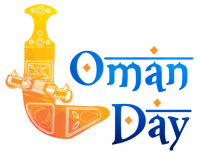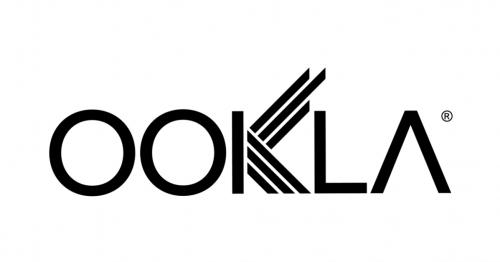Digitization boosting efficiencies in Oman’s oil and gas sector
Oman, which faces tough production challenges, typically has complex reservoirs with heavy oil that is difficult to extract. But in recent years, PDO has developed techniques to boost production. These include a data tool, called Nibras, which collates 1mn data values every couple of minutes from its 10,000 wells and other PDO infrastructure.
The data provides key indicators on wells and the state of the reservoir, which help engineers make better decisions. “If you keep the reservoir optimised then production increases,” said Yahya al Riyami, a PDO technician.
“Previously, we’d have inspected a production component that needed adjustment. If we couldn’t get expert advice from engineers on the phone, we weren’t able to change settings there and then. With the mobile platform, changes that sometimes took two days can now be made in an hour or two because we can communicate so much faster,” he said. Through Nibras, they can check if their well adjustments are working or identify faulty data readings. It helps reduce the time technicians spend outside, where temperatures can reach 50°C.
During the call, a technician at the wellhead, a PDO engineer in Muscat and the UK-based supplier found a way of fixing the equipment, avoiding the need for the supplier to visit Oman. It saved time and money.
“Alongside others, PDO is pushing the frontier of digital technology in the oil industry,” said Bert Natalicchio, Shell’s vice president of engineering and smart technologies.
“This platform is about bringing office capabilities into the field. Digitalisation is about transforming the way you work, and that’s happening in Oman,” Natalicchio added.
tag: oman-news , bussiness-oman
Share This Post





